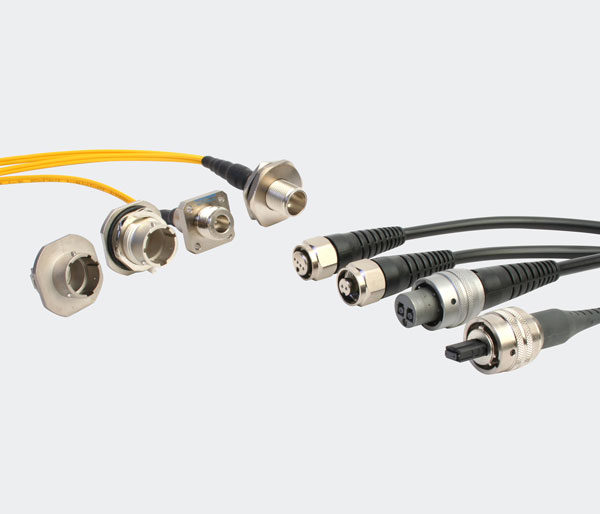On November 20th, at the 13th China Optical Communications Development and Competitiveness Forum held at the same time as the 2019 Global Fiber Optic Cable Conference, the director of the Institute of Technology and Standards of the China Academy of Information and Communication Technology announced the “Gigabit Optical Access Technical Development and Optical Communication Industry Analysis”. He said that the development of broadband network technology is driving the dual gigabit era. In addition to the well-known fixed broadband 10G PON access technology, 5G large-scale commercialization has begun, and its mobile broadband enhancement also provides users with gigabit access capabilities.
5G base stations in China are also in a fast-rising construction cycle. It is estimated that by the end of 2019, there will be 130,000 5G base stations in China. In terms of fixed networks, China has accumulated more than 470 million fixed broadband users, with optical fiber ports accounting for more than 90%, and optical fiber broadband users accounting for more than 91%. China has fully entered the optical network era and leads the world. At the same time, 43 provincial-level operators in 25 provinces in China want to use Gigabit broadband for commercial use. As of July, 17.509 million households chose more than 500M and 913,000 Gigabit subscribers. Gigabit broadband access networks have been deployed in more than 300 cities, covering more than 15 million subscribers.
According to Ao Li, 5G and Gigabit Broadband promote new types of differentiated demand and strongly promote innovation in optical communication technology and applications. The backbone network continues to evolve to ultra-high-speed and large-capacity. The demand for metro cores and trunks continues to rise, currently reaching 400 Gb / s, and ROADM has entered commercial use. Metro transmission technologies are showing diversified development trends. Operators such as SPN \ Enhanced OTN, Enhanced IPRAN and other 5G backhaul technologies have stabilized. WDM-based 5G fronthaul is still competing in multiple solutions, and the types of optical modules are also relatively similar. It is recommended to further focus on selection. Optical access networks are developing towards ultra-wide intelligent convergence. On the one hand, all-optical access technologies such as XGS-PON / 50G PON / nx25G WDM PON can support 5G or higher capacity and support different low-latency transmission requirements. In terms of PON network slicing, network slicing can be flexibly implemented, end-to-end automated deployment, intelligent tuning and troubleshooting. In addition, vOLT control and the upward movement of vRG functions promote the virtualization of control gateway functions, access to metropolitan area convergence, and allow CO to evolve to DC.
It is believed that the construction of 5G scale will promote the expansion of the optical fiber network scale. 5G adopts the C-RAN architecture, and the base stations will be deployed centrally, which requires higher uplink fiber cores. The increase in the number of small base stations will also bring fiber demand. At the same time, 5G + Smart Grid will promote the integration of optical fiber and wireless, and set up a backbone network based on electricity production units. At the same time, it will use optical fiber and wireless to cover homes and enterprises in multiple ways to achieve optical and wireless collaboration to meet business needs.
Optical communication devices are the key components of 5G and fiber broadband carrier facilities. It is pointed out that the optical device industry has not formed an oligopoly. Changsha, the United States, Japan, and Japan occupy the overall scale advantage. However, the integration of the optical device industry continues, and US manufacturers have led the integration. Chinese companies are also involved in mergers and acquisitions. The industrial chain relationship has also changed. For example, equipment manufacturers are involved in upstream optoelectronic chips and device modules, laying out optical chips and electrical chips, and extending upstream. Fiber optic cables are expanding into areas such as connectors, adapters, and active optical cables. BOB \ COBO and other optical device standards achieve chip integration on board, skipping optical module links. Data center operators have customized optical modules, while telecom operators have skipped equipment vendors and purchased optical modules directly.
Aiming at the huge demand for optical access technology brought by 5G and Gigabit broadband, and the lack of domestic production of physical underlying optical communication device technology, we strongly suggest that China should optimize its industrial environment around its core advantages based on its own characteristics and status quo and make breakthroughs. Key technologies, bridge the shortcomings gap strengthen the industrial foundation upgrade and the underlying technology innovation, and promote the industrial layout to high-end and autonomous and controllable development.




